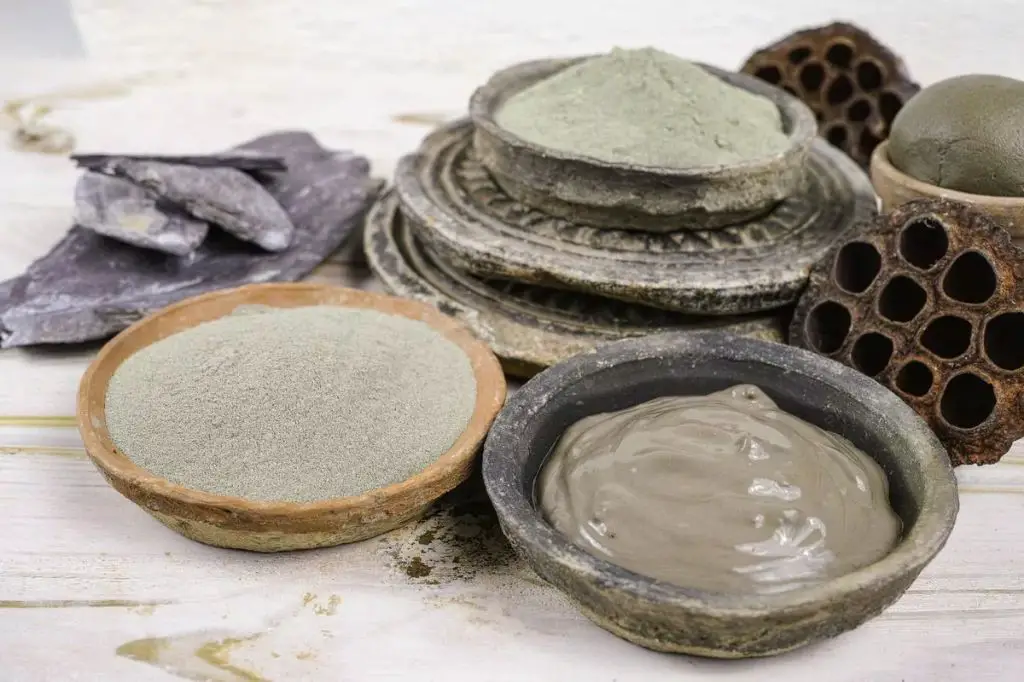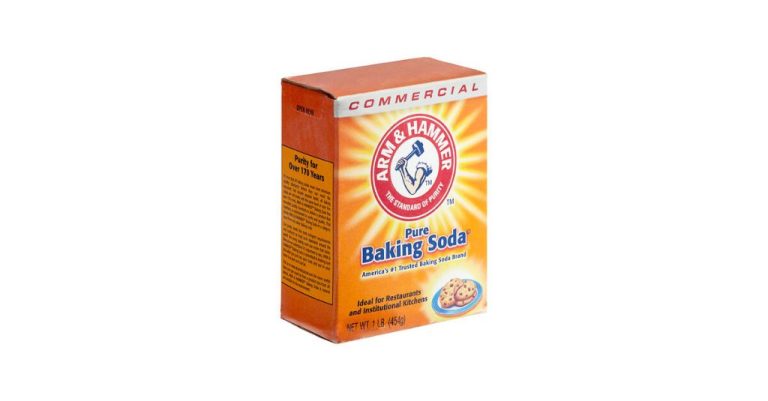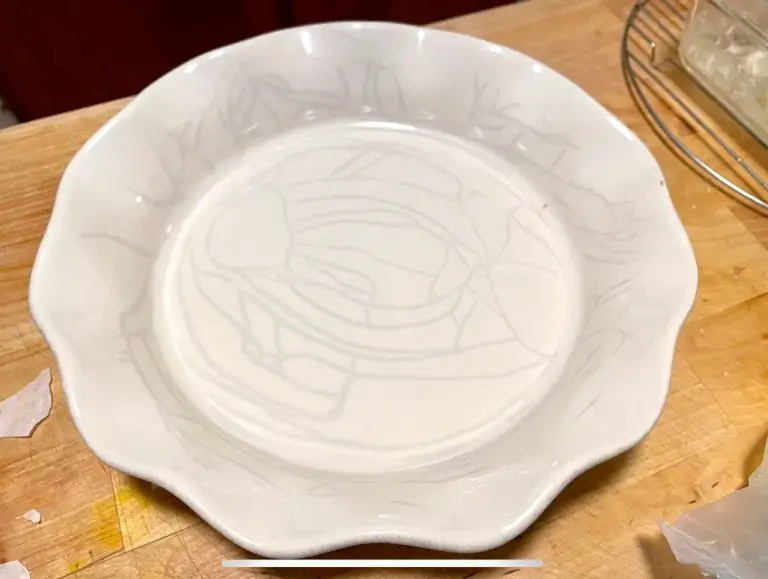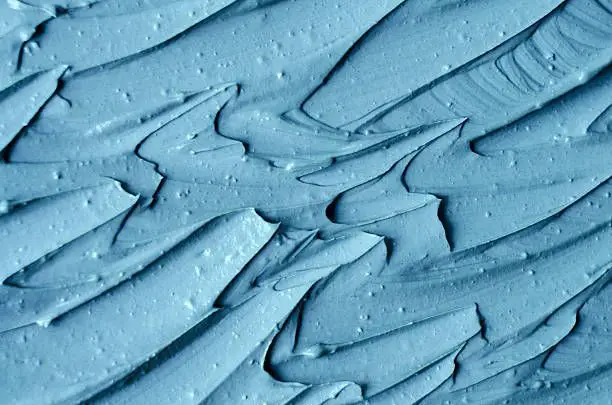What Clay Is Porcelain?
What is Porcelain?
Porcelain is a ceramic material made by heating selected clay materials to high temperatures. The word “porcelain” comes from the old Italian word “porcellana” meaning cowrie shell, because porcelain has a similar translucent appearance to the shell (Cambridge Dictionary, 2022). Porcelain is known for its whiteness, strength, hardness, low porosity, and translucency (Merriam-Webster, 2022).
Porcelain is made from kaolin clay or china clay. Kaolin clay is white in color and possesses key properties that enable the production of porcelain. Other ingredients like feldspar and quartz are also added to modify the plasticity and fired properties of porcelain. The clay mixture is shaped and then fired at very high temperatures between 1,200-1,400°C to produce the hard, vitreous porcelain material (Collins Dictionary, 2022).
Compared to other types of pottery and ceramic materials, porcelain is highly impermeable and non-porous. This gives porcelain excellent chemical resistance properties and a smooth glassy finish. The lack of pores makes porcelain hygienic and easy to clean. Porcelain also has high flexural strength to withstand applied loads. These unique properties make porcelain ideal for tableware, sanitaryware, electrical insulators, and decorative art objects (Merriam-Webster, 2022). Some of the most well-known porcelain manufacturers are Royal Doulton, Wedgwood, Royal Copenhagen, Meissen, and Limoges.
History of Porcelain
Porcelain originated in China dating back to the Eastern Han dynasty (25–220 AD). Archaeological excavations have uncovered early porcelain shards in the Shangzhou kilns in the Henan province. Early porcelain ware was made from a paste composed of kaolin clay and ground petunse rocks. The earliest methods for producing porcelain involved hand molding shapes individually.
Porcelain production spread across China during the Tang (618–906 AD) and Song (960–1279 AD) dynasties. By the 14th century, mass production techniques allowed elaborate painted and gilded porcelain items to be produced for the Imperial Court, nobility and wealthy merchant classes. Jingdezhen in Jiangxi province emerged as the center for porcelain production in China.
Chinese porcelain gained worldwide fame starting in the late 13th century. Coveted for its delicate translucency and exotic designs, it was exported in large quantities along the maritime Silk Road to elite consumers in the Islamic world and Europe. This early export porcelain is known as “early Ming” and was produced in Jingdezhen.
Porcelain Clay Composition
Porcelain clay is made up of three main ingredients: kaolin clay, feldspar, and quartz. Kaolin clay, also known as China clay, is a white clay composed primarily of the mineral kaolinite. It provides the plasticity and workability of porcelain clay. According to Pottery Crafters, kaolin clay makes up 25-50% of porcelain’s composition.

Feldspar acts as a flux in porcelain, lowering the vitrification temperature needed to fully fuse the clay. It promotes glass formation within the clay body. Feldspar makes up around 25-50% of porcelain clay. Quartz makes up around 25% of porcelain clay, adding strength and structure. It raises thermal expansion and inversion points.
In addition to these three main ingredients, other components like ball clay, silica, alumina, and calcined bone may be added in small quantities to modify the working properties and fired characteristics of porcelain.
Types of Porcelain Clay
There are several main types of porcelain clay used in pottery and ceramics:
Hard-Paste Porcelain
Hard-paste porcelain contains only kaolin and petuntse and is fired at very high temperatures above 1300°C. It results in a strong, durable porcelain with high translucency. Hard-paste porcelain was first developed in China and was later produced in Europe starting in the 18th century Types of Clay for Pottery – The 5 Main Types of Ceramic Clay.
Soft-Paste Porcelain
Soft-paste porcelain contains bone ash, feldspar and quartz in addition to kaolin. It fires at lower temperatures around 1200°C. Soft-paste porcelain was developed in Europe in the 18th century as an attempt to imitate Chinese porcelain. It has a more opaque white color compared to hard-paste Fine China: 4 Types of Porcelain Clay.
Bone China
Bone china contains bone ash which gives it greater translucency and whiteness compared to hard or soft paste porcelain. It fires at 1200-1250°C. Bone china was developed in England in the 19th century and is known for its high strength and chip resistance despite its delicate appearance Stoneware Clay Vs. Porcelain Clay: Details & Facts.
How Porcelain is Made
The production of porcelain involves several steps including clay preparation, forming, glazing, and firing. The clay used to make porcelain is kaolin, also known as china clay (Britannica). This clay is mixed with other minerals like quartz, feldspar and ball clay to create porcelain’s white color and plasticity when wet (Lusini).
The prepared porcelain clay mixture is shaped by methods like jiggering, ram pressing, or throwing on a potter’s wheel. The shaped clay pieces are dried before receiving a glaze coating made of minerals that melt at high temperatures. Common glazes for porcelain include feldspar, kaolin, quartz, and limestone.
The final manufacturing step is firing the glazed porcelain in a high temperature kiln, usually between 1200-1400°C. At these temperatures, the glaze melts to form a glassy coating while the clay vitrifies into a non-porous, hard porcelain piece. The final fired porcelain has a white, translucent appearance and smooth surface from the fused glaze.
Porcelain Production Methods
There are several methods used in the production of porcelain. Some of the main ones include:
Jiggering – In this process, a lump of porcelain is rotated on a spinning horizontal wheel while a profiling tool shapes the outside. Jiggering allows the production of intricate shapes and thin walls.[1]
Pressure Casting – A water-based porcelain slip is poured into a plaster mold and allowed to stiffen under high pressure. The excess water is removed by a filter press and the consolidated porcelain is unmolded.[1]
Slip Casting – A porcelain slip is poured into a porous plaster mold and allowed to partially solidify as water is absorbed into the plaster. The remaining slip is poured out, leaving a hollow porcelain shell that is allowed to dry fully before firing.[2]
3D Printing – Modern 3D printing technology allows porcelain parts to be built up layer-by-layer using a liquid porcelain slip or powder binding system. Complex shapes can be produced without the use of molds.[2]
Properties of Porcelain
Porcelain is known for its unique combination of properties that set it apart from other types of pottery and ceramics. Some of the most notable properties of porcelain include:
- High mechanical strength – Porcelain has very high flexural strength and is highly resistant to chipping and breaking, even when subjected to impact. This makes it ideal for items like dinnerware that undergo frequent daily use.
- Low porosity – The dense composition of porcelain clay results in a fired product that is impermeable to water and has very low porosity. This gives porcelain its characteristic vitreous surface and means it can hold liquids without absorption.
- Whiteness – The kaolin clay used in porcelain gives it a bright white color when fired, unlike the reddish tones of stoneware or earthenware. The whiteness contributes to porcelain’s clean, refined aesthetic.
The unique physical and chemical properties of porcelain are determined by the composition of the original porcelain clay body. The main ingredients – kaolin, quartz, and feldspar – fuse together during the firing process to produce the non-porous, hard, and white final product.
Uses of Porcelain
Porcelain has many uses both in industry and the home. Some of the most common uses of porcelain include:
Tableware & Dinnerware: Porcelain has been used for plates, bowls, cups and other tableware since it was first developed in China during the Tang dynasty. Its durability and ability to withstand high temperatures makes it ideal for cooking and serving food. Porcelain dinnerware is still highly popular today in both casual and formal settings. Major porcelain manufacturers like Royal Doulton and Wedgwood are known for their fine china dinnerware.
Sanitaryware: Porcelain’s resistance to staining and ease of cleaning has made it the material of choice for sinks, toilets and bathtubs. Porcelain sanitaryware helps keep bathrooms hygienic.
Electrical Insulators: Porcelain has excellent insulating properties and can withstand high voltages. This makes it useful as an insulator in electrical wiring and power transmission components. Porcelain insulators help prevent electric current leakage and electrical fires.
Dental Restorations: Porcelain is widely used for dental work like crowns, bridges and veneers due to its durability and ability to closely match the appearance of natural teeth. Porcelain dental restorations are tooth-colored, stain-resistant and long-lasting.
Decorative Objects: Porcelain has been used to create beautiful vases, figurines and sculptures since ancient times. Its delicate translucency and ability to mimic the texture of marble makes it a favored material for decorative objects. Many art museums contain examples of fine decorative porcelain.
Overall, porcelain’s unique properties allow it to serve both functional and aesthetic purposes across many different industries and applications.
Notable Porcelain Manufacturers
Some of the most well-known and historic porcelain manufacturers include:
Royal Doulton – Founded in 1815 in England, Royal Doulton is one of the world’s leading porcelain brands. Known for its tableware, collectibles and dinner sets, Royal Doulton utilizes high quality English kaolin clay. The company has created many iconic tableware patterns like Old Country Roses. Some of its most prized work includes character jugs and toby jugs portraying historical and fictional characters (Source).
Wedgwood – Josiah Wedgwood founded the Wedgwood company in 1759, which also remains one of England’s most famous porcelain makers. Using fine kaolin clay from Cornwall, Wedgwood is renowned for its Jasperware in matte blue, as well as its decorative vases, dinnerware sets and tea sets. Wedgwood pioneered many innovations in porcelain manufacturing (https://www.1stdibs.com/buy/antique-german-porcelain-brands/).
Limoges – The Limoges region of France has a storied tradition of porcelain production dating back to the 18th century. Limoges porcelain is known for its pristine white color and hand-painted designs. Many prestigious French makers like Haviland, Bernardaud and Raynaud are based in Limoges.
Rosenthal – Founded in Germany in 1879, Rosenthal is respected for its contemporary porcelain designs and technical innovations. Rosenthal introduced new glazes, production methods and modernist tableware and ornamental objects designed by famous artists. The company maintains 150 years of porcelain expertise today (Source).
Future of Porcelain
Porcelain is poised for innovation and improvements in the coming years. New materials and production methods are enabling porcelain tiles and products to be made stronger, more sustainable, and more adaptable than ever before.
One key area of innovation is the development of new porcelain formulations that are more durable and environmentally friendly. Researchers are experimenting with recycled raw materials, reduced water usage, and lower firing temperatures to create sustainable porcelain (Shumak, 2022).
Advanced digital printing technology allows for hyper-realistic wood, stone, and fabric patterns to be applied to porcelain surfaces. This expands the aesthetic possibilities for porcelain while retaining its durability (Simkovics, 2023).
New porcelain manufacturing techniques like digital lamination and polyurethane reinforcement produce sturdier porcelain products optimized for heavy duty and outdoor applications. Porcelain’s flexibility and strength will enable exciting new architectural and design applications.
Overall, porcelain’s future is one of enduring beauty, adaptability, and sustainability, making it an essential element in the design landscape for years to come.




